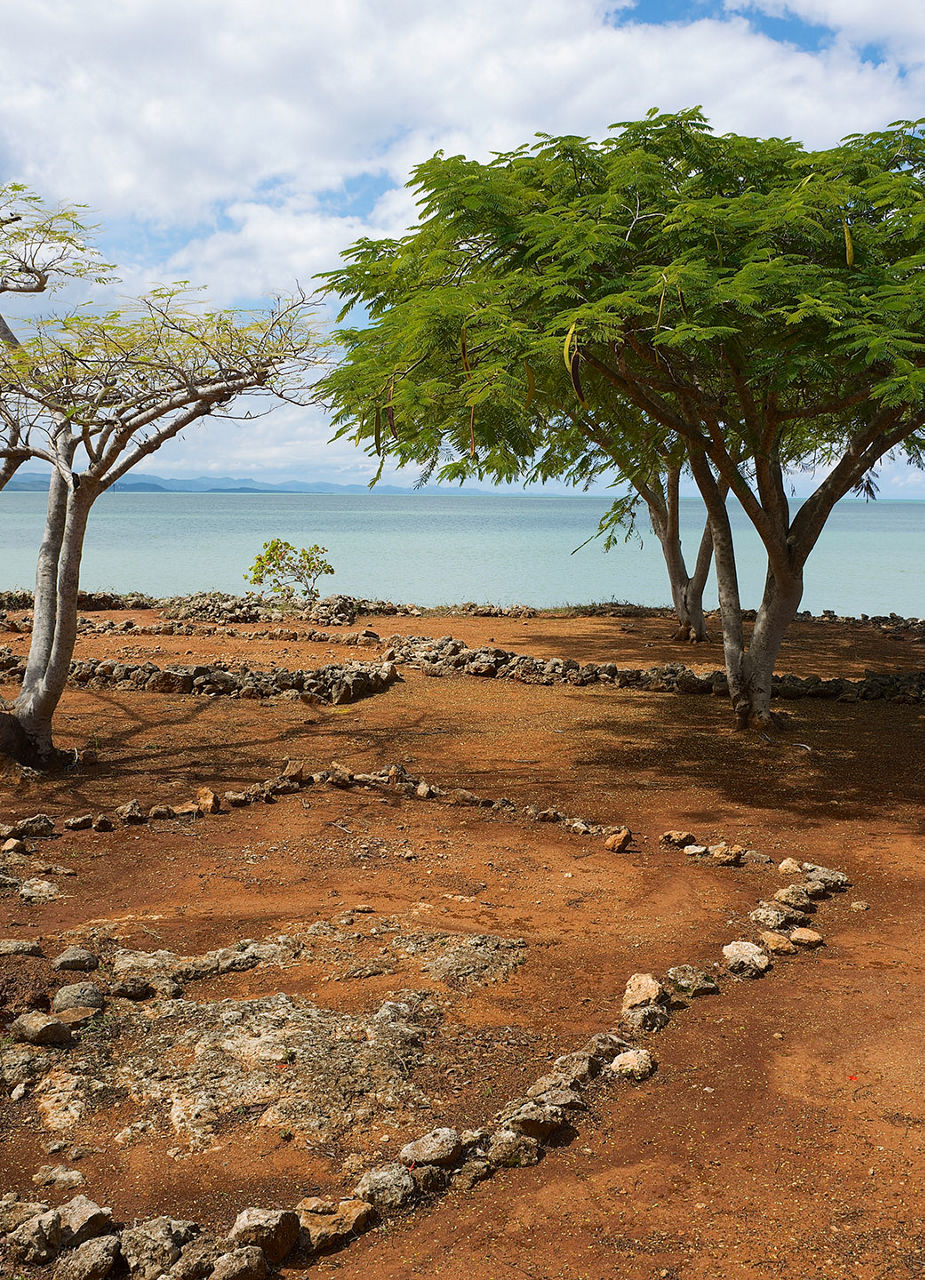
La Isabela: Where Columbus Dreamed of a New World
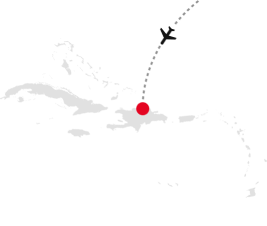
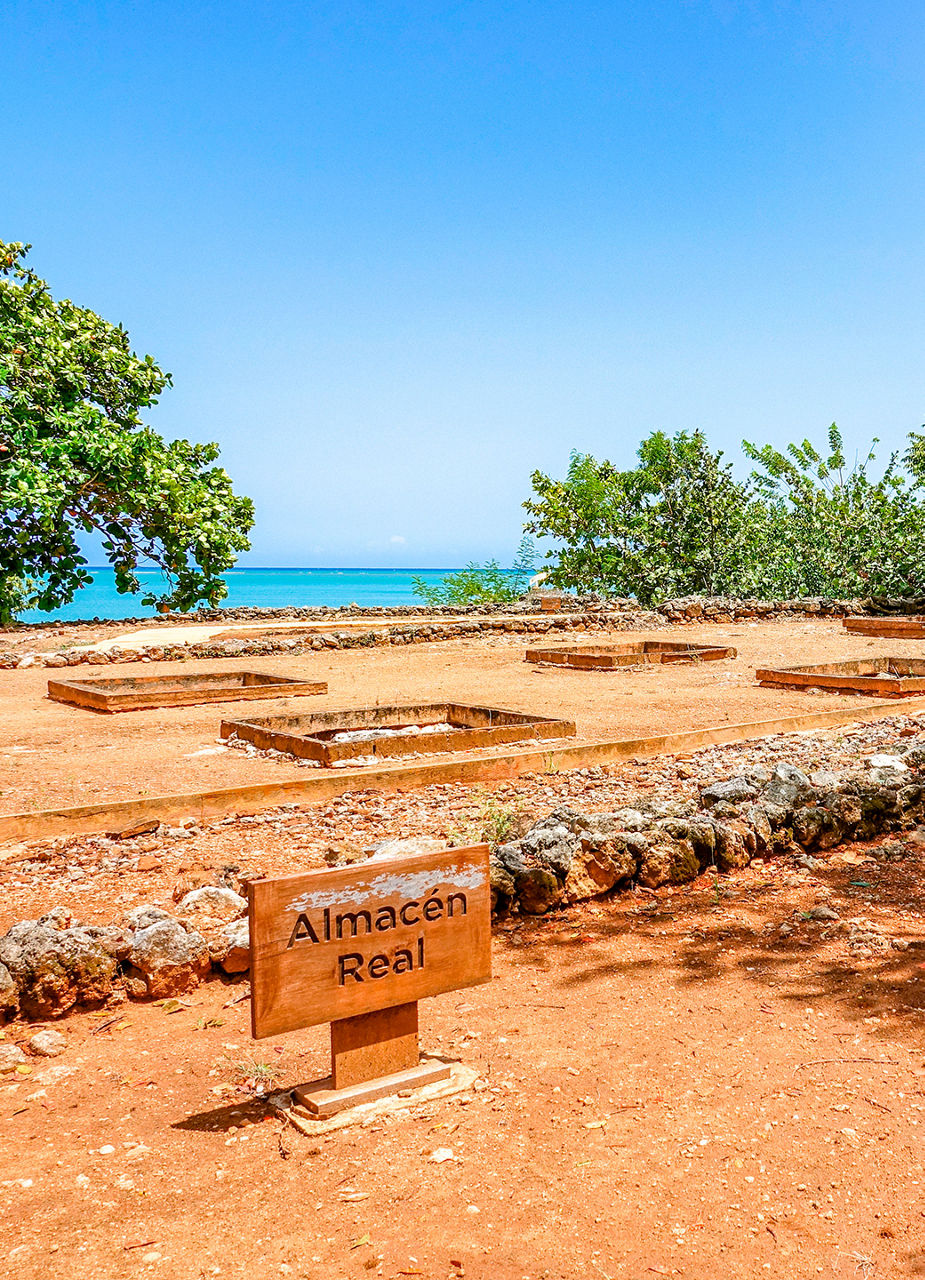
Land Ahoy!
It takes a certain amount of imagination to make out the foundation of the “New World” in the rectangles made of stone. In 1494, Christopher Columbus founded the first European settlement on American soil in a bay in the north of the island of Hispaniola: La Isabela. This is the place from which the entire continent would be conquered, huge amounts of gold for the Spanish crown would be mined, and the kingdom would be expanded way beyond the shores of the Atlantic. That, however, is where Columbus failed. The stone outlines in the sandy soil on the northern coast of the Dominican Republic are the last witnesses of his grand dreams — and symbols of an entire era.
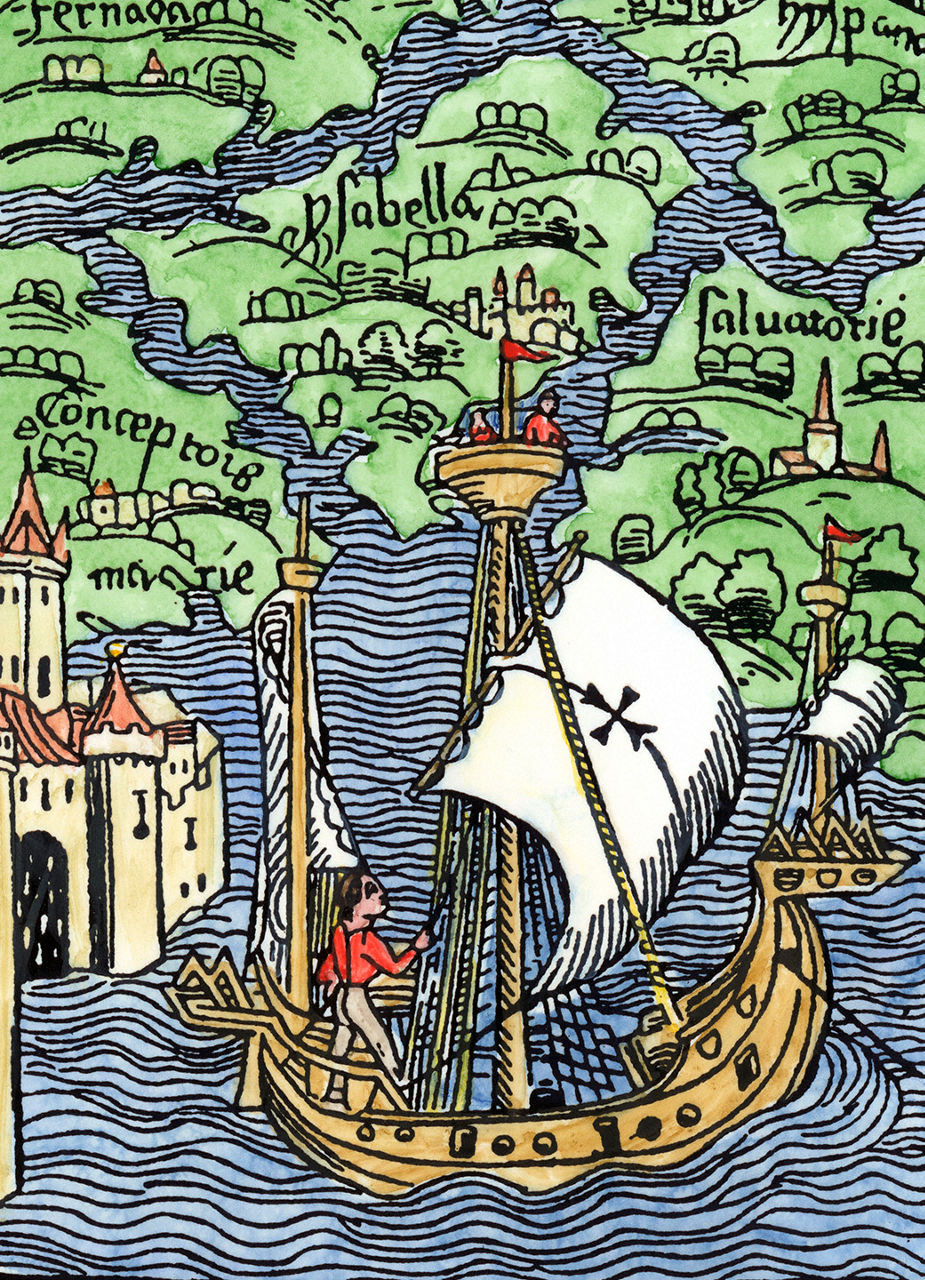
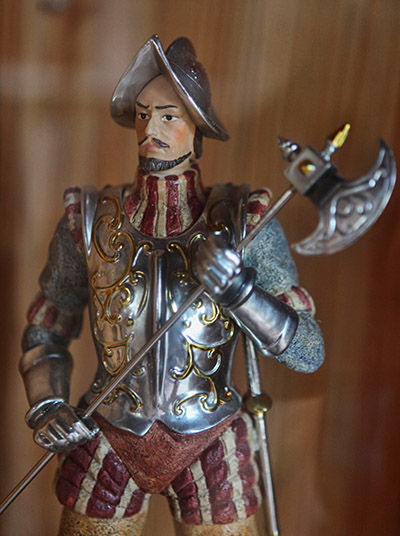
Out of Luck and out of Gold
A little history lesson: In 1493, Christopher Columbus embarked on his second voyage to America with 17 ships and 1500 men in tow. They would become the New World’s first settlers. They landed in the north of Hispaniola and named the place after the Spanish queen: Isabela. It was not long before the unfamiliar climate and a lack of food began to cause problems. But worst of all: there was no sign of the promised gold. The Spaniards were brutal and the natives fought back. Even though the distant queen had ordered the settlers to treat the natives kindly, Columbus still reacted brutally. The Spaniards finally gave up in 1497.
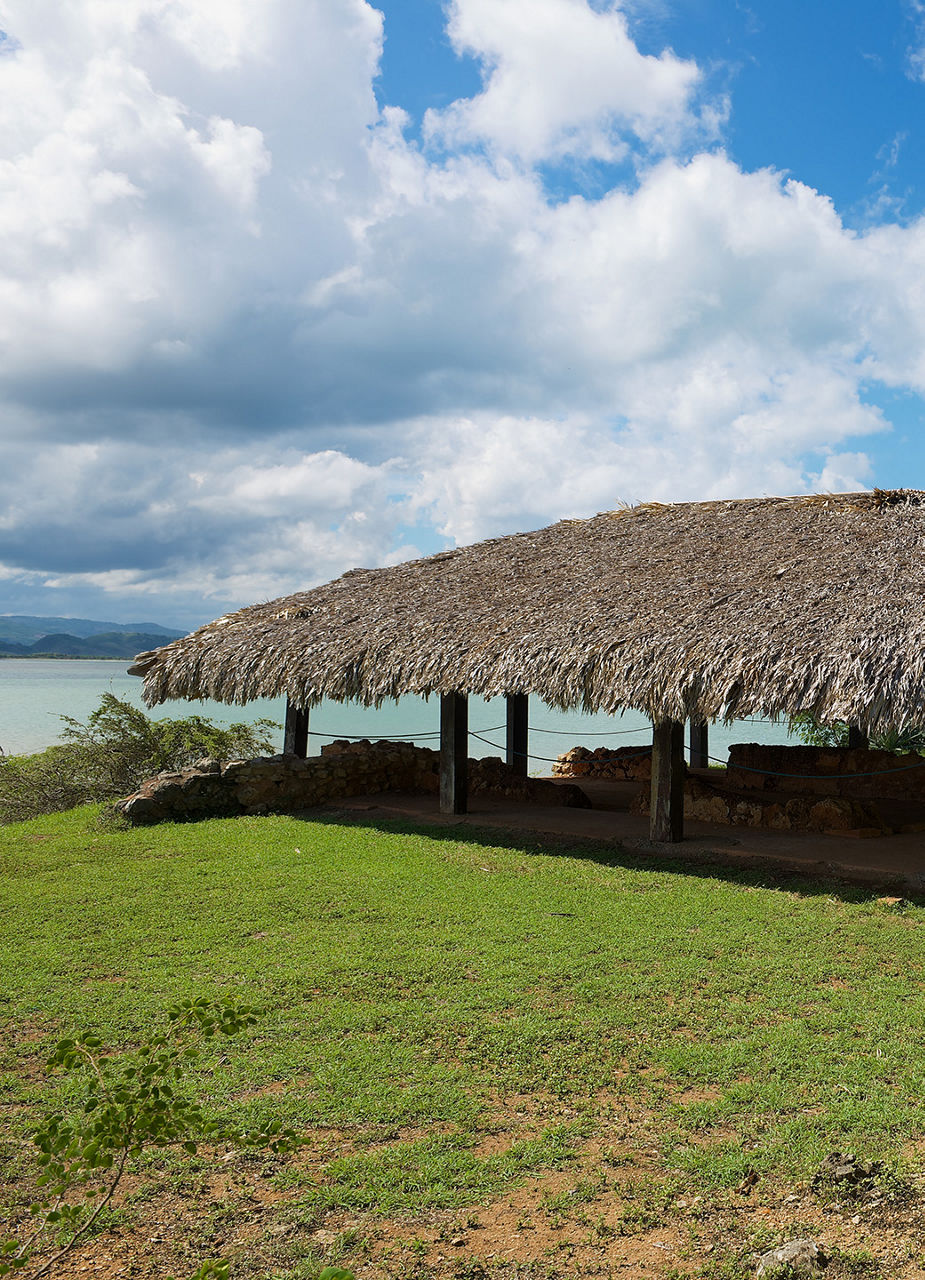
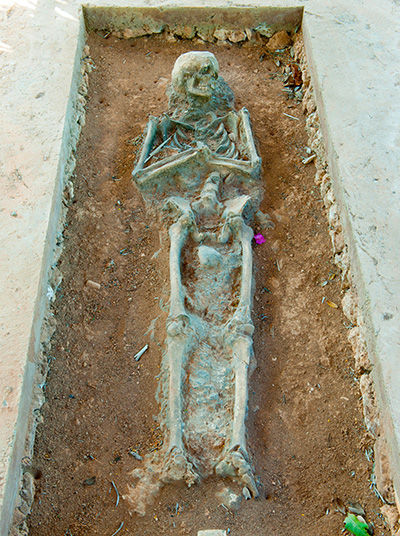
Memories of Big Dreams
It was in the 1990s when archaeologists found the remains of the settlement during extensive excavations: the structures of two towers and a storehouse, remains of the house overlooking the Atlantic that Columbus occupied, a church — the site of the first Catholic mass on American ground — and the skeleton of a Spanish settler. Nearby is a museum with historical artefacts dedicated to the Taíno — the region’s indigenous people — and the arrival of the Spanish. A commemorative plaque identifies La Isabela as the “first town of the New World”, and the flag of the Dominican Republic flies proudly next to it.
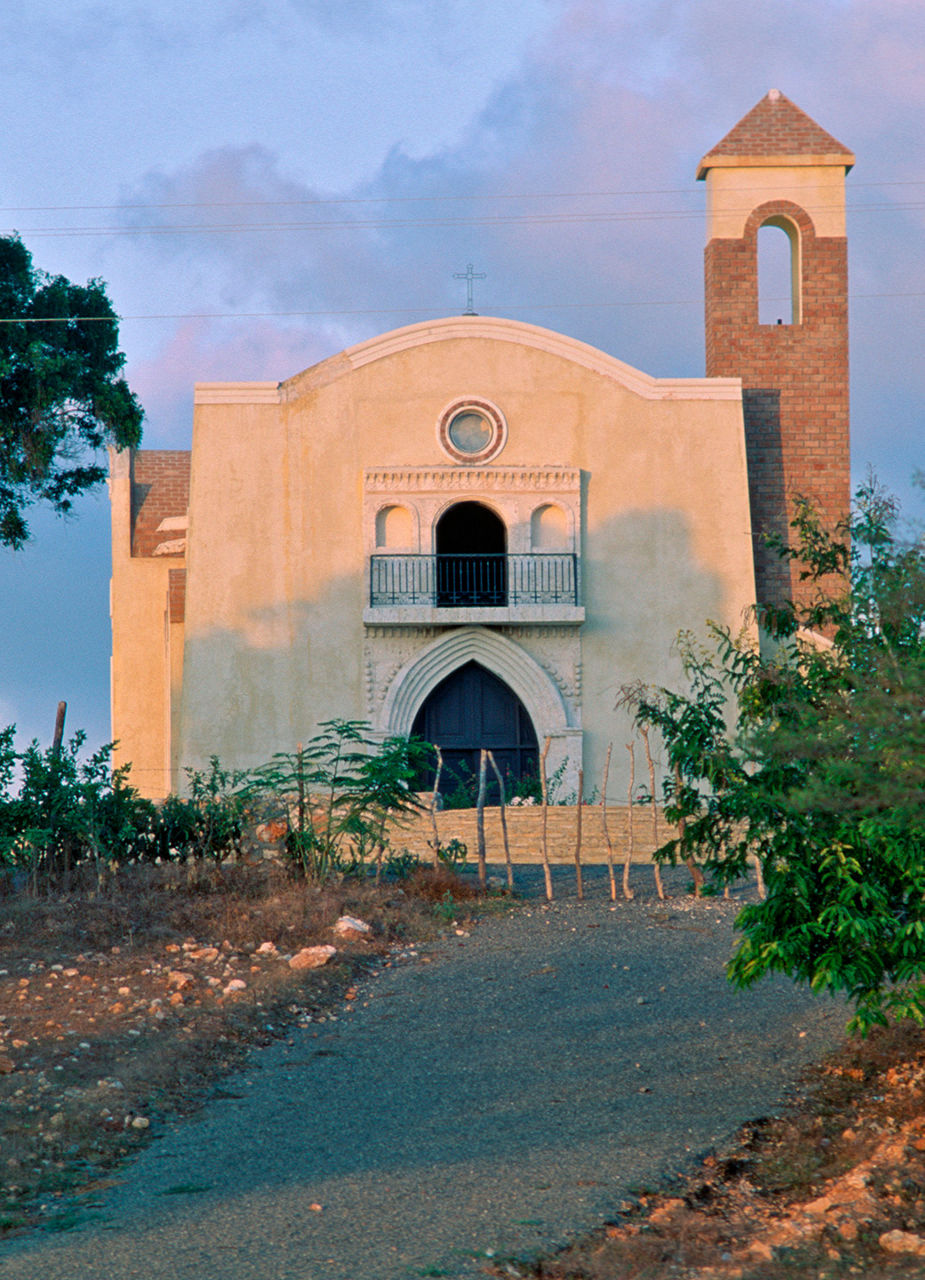
A Place Full of Symbolism
Ultimately, it was not the settlers who shaped the place, rather it was La Isabela that changed the foreigners — and with it life in the old homeland. The conquerors took valuable nutritious plants back to Europe from La Isabela: beans, courgettes, and — what a sensation — potatoes. The language also gained new words for previously unknown phenomena such as huracán and maíz; words that are now integral parts of Spanish vocabulary. Every year, on January 6th, America’s first Catholic service is commemorated in the church built especially for the occasion. With a bit of imagination, you can still see what Columbus saw in La Isabela: a new world.
La Isabela
Photo credits
- Header - Photo by Dmitry Chulov on Getty Images
- Paragraph 1 - Photo by Thomas Grau on Shutterstock
- Paragraph 2 - Photo by North Wind Picture Archives on Alamy
- Paragraph 2 - Photo by Creative Touch Imaging Ltd on Alamy
- Paragraph 3 - Photo by Dmitry Chulov on Getty Images
- Paragraph 3 - Photo by ackenberg-Photo-Cologne on Alamy
- Paragraph 4 - Photo by James Quine on Alamy
